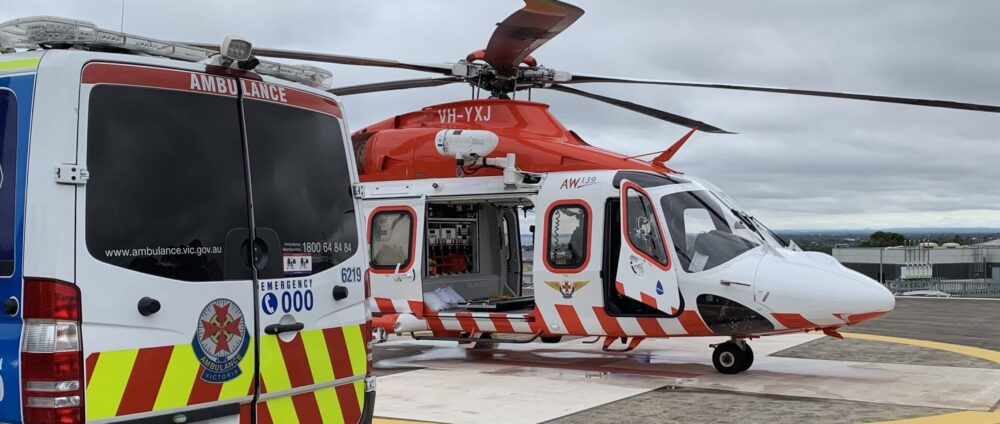Cardio – Basic Anatomical Overview
Cardiac Anatomy The heart is located in the centre of the chest, posterior to the sternum. The base (superior part of the heart) is...
CSI: Paramedic? Paramedic Roles in Preserving Crime Scenes and Evidence
Paramedics attend to patients in a variety of circumstances and environments, so it’s no surprise that we often attend to situations which are the...
Use Your Head! Treating Traumatic Head Injuries
Head trauma is a significant contributor to trauma deaths worldwide and is the leading cause of disability in people under 40. Although we usually...
Drive Like a Paramedic
One of the common concerns for new graduates and students is – “how do I improve my driving without exposure to cases?” Honestly the...
Attending Major Incidents
Although frequently occurring on dramatic television shows, major incidents are thankfully pretty uncommon in Australian paramedicine. However the down side of that is we...
Paramedic Approach to Analgesia
Pain is one of the most common reasons for paramedics to be called, and something we are well equipped to deal with. Understanding and...
Transient Loss of Consciousness (TLoC) – more than ‘just’ a vasovagal?
Transient Loss of Consciousness (TLoC) is a common reason for paramedics to be called. In lay terms it may be referred to as a...
Using the Mobile Data Terminal (MDT)
Here’s an article for all our surge workers and graduate paramedics out there! In Ambulance Victoria, metropolitan vehicles are fitted with a mobile data...
“I’ll get the details” – what information do paramedics need to collect?
It’s a common occurrence that, after 5-10 minutes on scene with a patient, once you’ve established there’s no immediate life threat and have a...
Hard Talks
One of the most emotionally draining elements of paramedicine is the delivery of bad news. This could be a serious diagnosis, catastrophic injury or...
